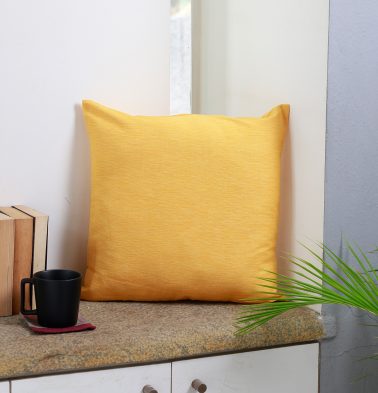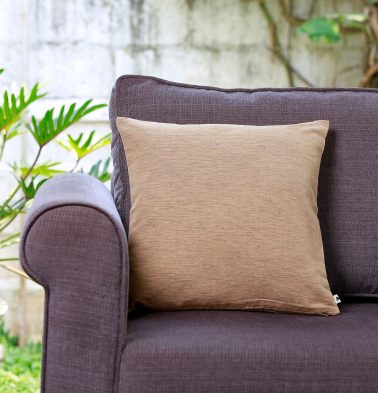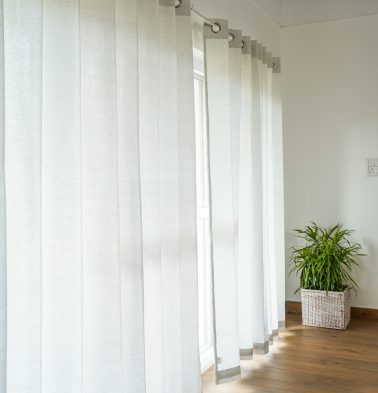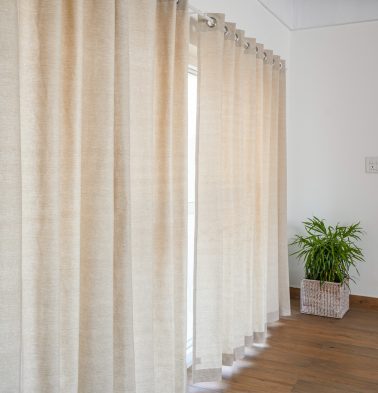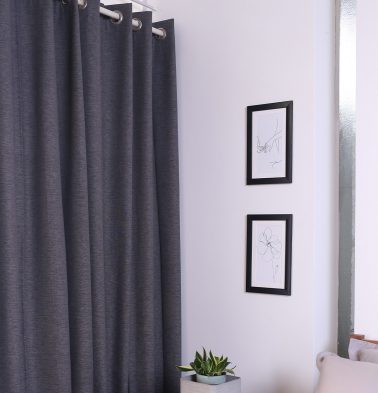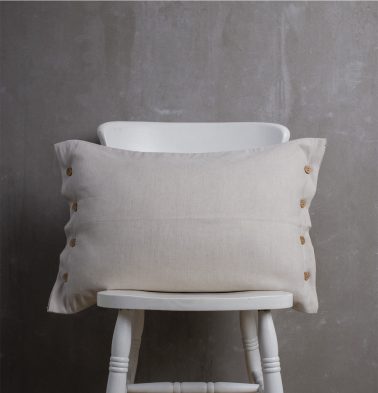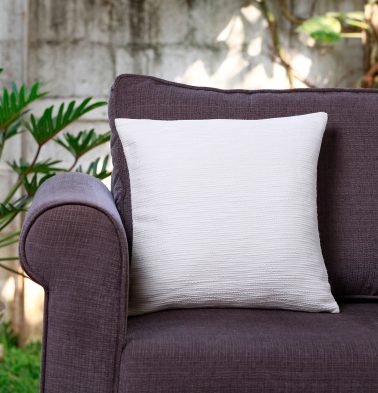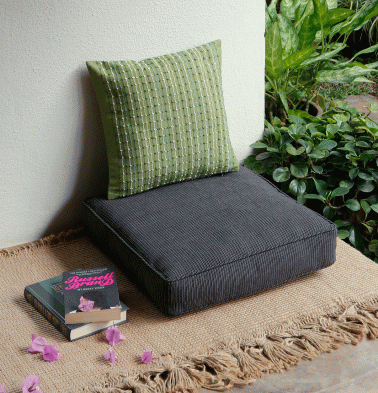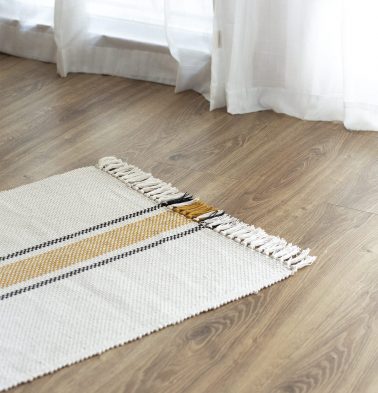- PRIVACY POLICY
- About
- All Categories
- Areca Palm
- Best Sellers
- Blog
- Bulk Orders
- Cart
- Chat with us
- Checkout
- Collections
- Contact For Bulk Order
- Corporate Gifts
- Cotton for a cause
- Covid-19 Update
- Customer Reviews
- Customised Curtains
- Customize
- Diwali Sale
- Edit Order
- explore
- Export Customer file for Facebook
- Feedback
- Furnish Your Dream
- Furniture
- Get in touch
- Gift Cards
- Holiday
- Home
- Home old
- Home1
- International Orders
- Kitchen and Table Best Sellers
- Limited-Time Deals
- Linen
- My Account
- My Gift Card
- New Arrivals
- Payment Policy
- Returns and Cancellation Policy
- review
- Sale
- Sale Category
- Sale Today
- Shipping Policy
- Shop
- Shop the Look
- Subscribe
- Support
- TERMS & CONDITIONS
- test page
- test page
- Thank you
- Thank you
- Thank you
- Thoppia Best Sellers
- Track Order
- Verification
- Weaver’s Diary
- Wishlist
International Shipping Available: For details, click here.
Free Shipping: Domestic orders (within India) above ₹999 | International orders above $89.
New User Offer: Use WELCOME200 to get ₹200 off on Subtotal above ₹2999* (India only).
Prepay and Save: Enjoy extra discounts with prepaid orders.**(India only).
THOPPIA500: ₹500 off on Subtotal above ₹12,499*** (India only).
THOPPIA1000: ₹1000 off on Subtotal above ₹24,999*** (India only).
Contemporary Design Ideas for your Home
Confused about what theme to choose for your homes? We’re here to make your life easier with this quick guide.
Featured here
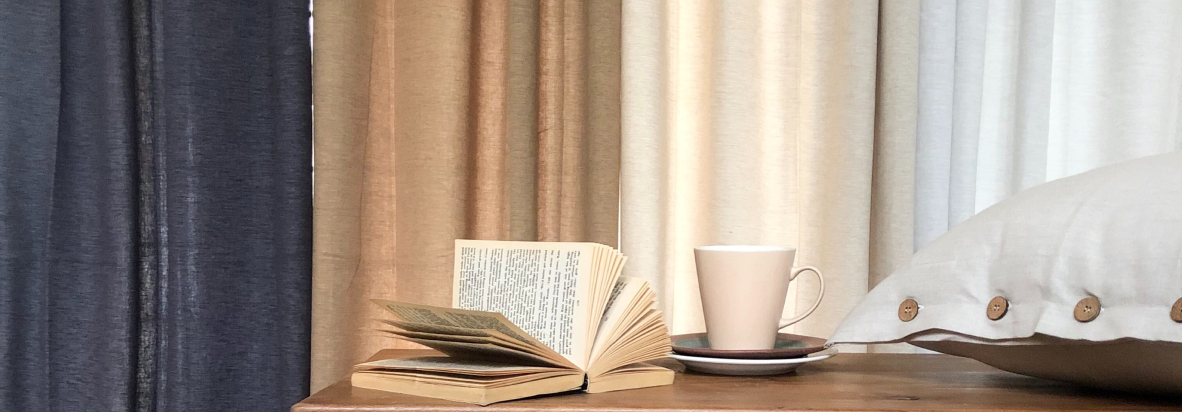
There are so many old and new themes for homes today that as buyers, one can get confused with too many options to choose from. Here’s a look at contemporary design ideas that can help you plan your home interiors in the smartest way.
Contemporary-themed homes are cost-efficient in the long run and keep up with the current trends in the market. Personalising your spaces would be more functional than just cluttered fashion with this theme.
Let us help you get clarity on why and how you can apply this theme efficiently in your favourite spaces.
Modern v/s Contemporary
People tend to believe modern and contemporary themes are one and the same. This is true to an extent. But as you get planning in detail, you realise that both are different forms of approach, with just some overlapping features.
The modernistic approach is more qualitative in nature. There are stark pointers to tell you that modernity lasts for a lifetime but does not have many chances to revive(as a fresh look) as time passes. It could limit you to changes in the future when you plan a renovation or a quick makeover.
The contemporary theme is a perfect combination of innovation and glam. The style it possesses is in the now and fresh as a perspective. It allows itself to do small makeovers as years pass by. This allows you the space to be creative with your furnishings and decor quite confidently. While “form follows function” for the modern way, “form, function and style” make up contemporary.
How to plan a Contemporary theme?
For both modern and contemporary homes, minimalism is central to planning. For the latter, however, simplicity blends in with sophistication, creating an edge to the overall design. This design most often leads us to sustainable options in the market. Right from the materials to fabrics to the colours, subtle natural elements within them are preferred.
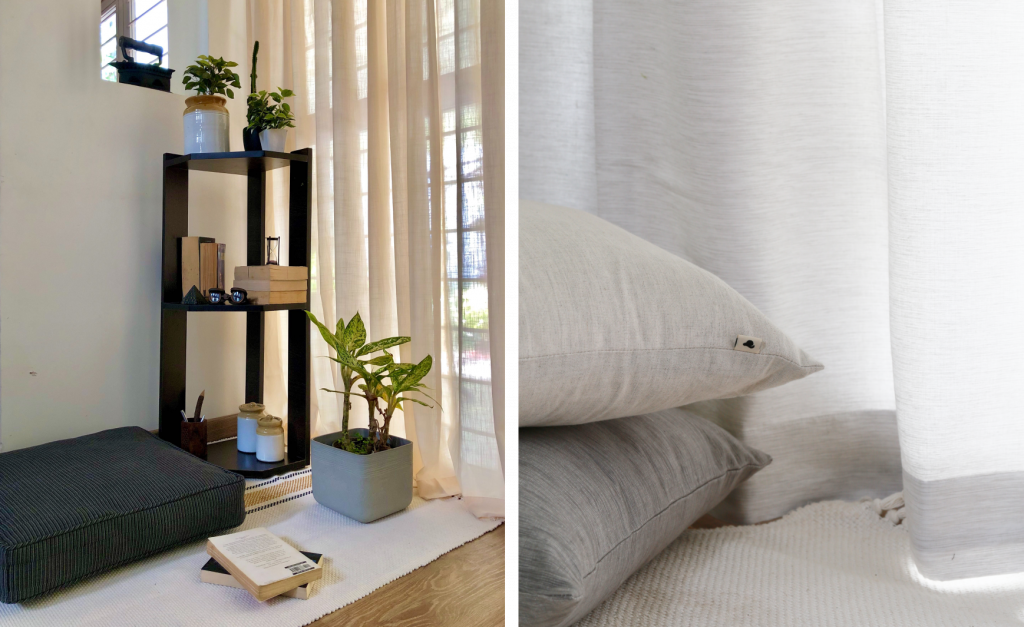
Materials like glass and metal are majorly used in architecture for contemporary styles. Large windows and glass designs give a spacious view which can easily be subject to minimal glam. Easily moveable & lightweight furniture play key roles here. Less furniture with space-saving structures catches more attention.
Fabrics & Patterns
Natural fabrics remain the best choice to keep up with the contemporary quirkiness. There is a flair for elegance with them in place. Cotton, linen and silk are the top fabrics that fall under this. For easy and long-lasting maintenance, cotton and linen are undoubtedly the best of the lot.
Checks, zig-zags & stripes are popular patterns to start off. There is a twist to the minimal layout with these patterns. These are best used in furnishings like rugs and cushion covers. They can complement the plains and solids in the room rather organically. Neutral shades of greys, blacks, browns, and whites work well for such a setting.
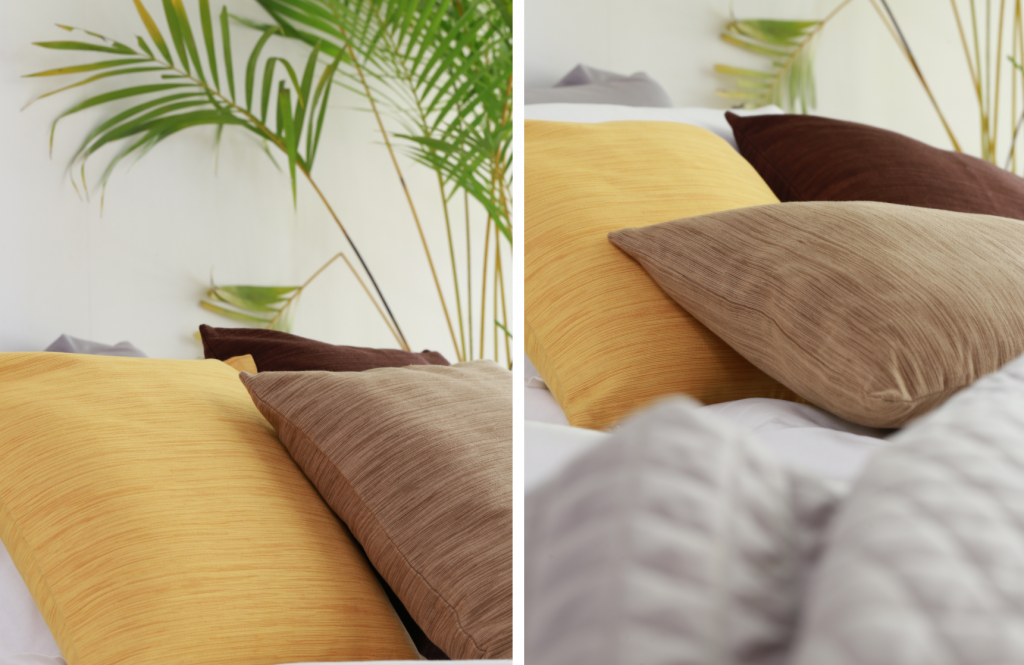
The Final Touch
As we plan different forms used in contemporary themes, there is always room for some final special touches to turn up the spaces. Lighting is one of those. More than a purely functional placement of lights, a contemporary style looks ahead to have some ‘fun’ in function. It might be through vintage lamps or innovative hanging lights or just large windows.
Another way to add such small improvements to your home is through decluttering spaces. With less furniture, easily storable and changeable fabrics, etc are some tricks you can try in the book.
So, in short, the contemporary theme is all about spontaneity. It’s not a permanent solution but hey, it is easily adaptable as trends come up and that pretty much works too!






